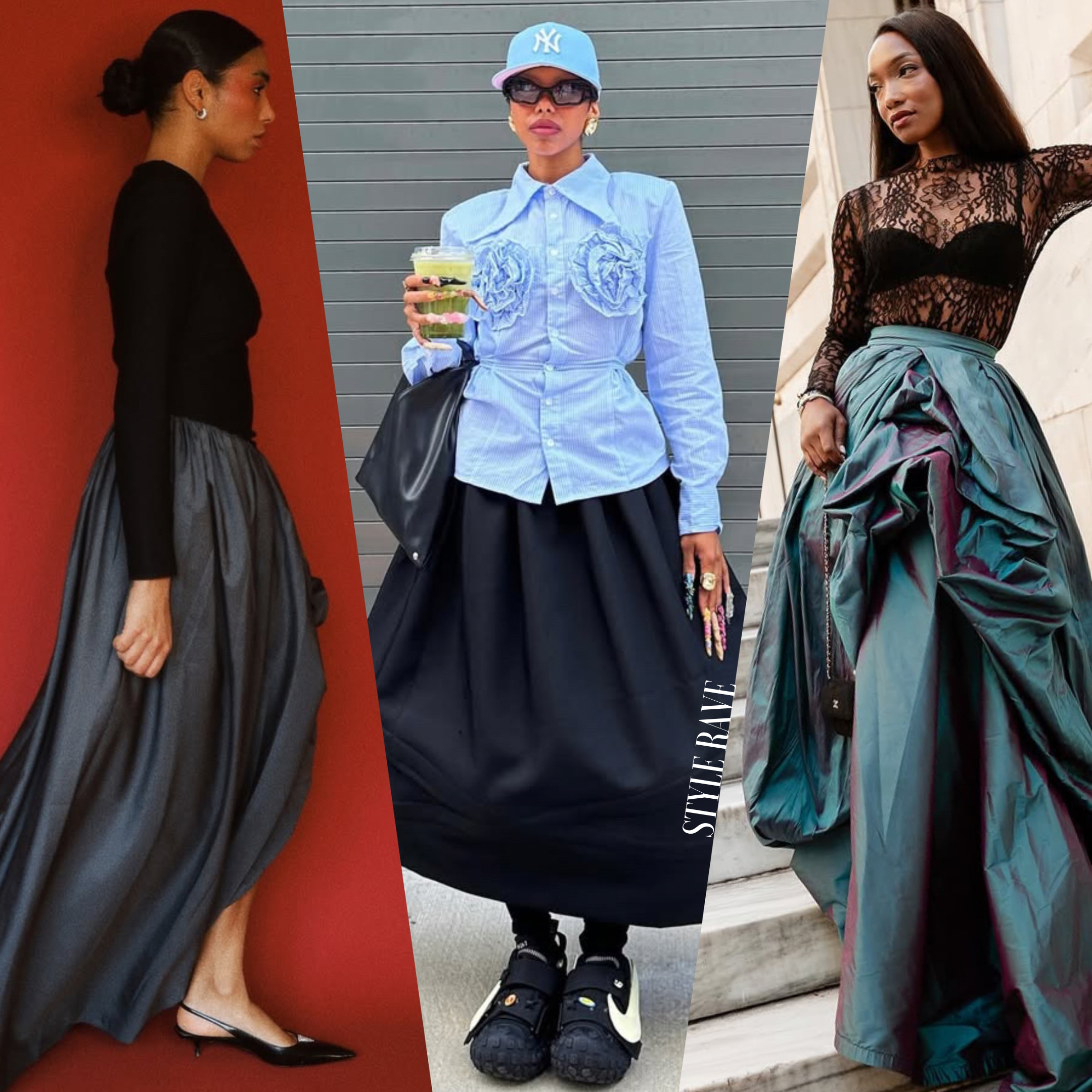The $100 billion creator economy is changing how brands collaborate with influencers across social media and niche communities. Today’s brands recognize the value of authenticity and targeted reach for online consumers. They’re embracing the demand for relatable content, the power of niche audiences and the unignorable effectiveness of influencer partnerships.
It’s a pivot that’s tipping the scales from social ad spend to more influencer marketing investment — where genuine, community-focused engagement means richer content, more strategic partnerships and deeper market penetration as the creator economy barrels ahead.
Why pay attention to the creator economy?
Creators on platforms like YouTube, TikTok and Instagram have loyal followers who trust their opinions. When you partner with creators, the value is intrinsic: they can reach and engage their audiences more genuinely and effectively than traditional advertising.
Let’s explore some tips and strategies to tap into the creator economy, enhance brand visibility, forge strong creator partnerships and authentically engage with communities.
Know why you want to partner with creators
Whether it’s amplifying brand awareness, launching a new product or simply wanting to better understand the organic communities your brand could benefit from, it’s important to have goals in mind.
However, this isn’t to say you need a fully fleshed-out campaign to dip into the creator economy. It’s a good idea to get familiar with and build a roster of talent for future campaigns, even if you don’t have a project brief yet. Plus, it helps to know how these communities work before you draw conclusions about whether they could be the right fit. Either way, know what you want to achieve before diving in.
Finding the right influencers and communities
Look for influencers whose followers match your core demographic. Use tools like social analytics, AI-driven insights and even creator marketplaces to assess their audiences.
Likewise, you’ll want to look at engagement rates, as oftentimes, follower counts can simply be vanity metrics. Engagement rates (likes, comments and shares in proportion to followers) can be a good indicator of how loyal and invested a creator’s fanbase is. The higher the rate, the stronger and more effective a brand partnership will be, pending it’s the right audience for your brand.
It’s also important to consider format and platform. A B2B brand might have better luck partnering with YouTubers or LinkedIn creators with a business-minded audience. In contrast, a D2C beauty or lifestyle collaboration could have a bigger impact on Instagram or TikTok.
A note on size. When you’re building a roster of talent to potentially collaborate with, aim to diversify the types of creators you work with, ranging from micro-influencers to well-known niche personalities.
Pro tip. Identify the “big” influencers relevant to your company’s niche and focus. From there, do some digging through the creator’s social network (followers, following, comments and tagged accounts) to find more targeted, niche creators who may have small (but mighty!) audiences.
There are also a number of platforms and marketplaces/exchanges to facilitate brand/influencer collaborations, like Meta Business Partners, Instagram’s Creator Marketplace, Passionfroot’s Partner Network or Brandwatch.
Dig deeper: Influencer marketing: The bridge between B2B brands and genuine connections
Engaging with creators
Regardless of scale, creators wield tremendous power over influencing buying decisions with audiences. Treat them as partners.
Encourage creative freedom because it usually leads to more authentic content delivering a deeper impact. Remember: they know their audience best — and that’s what you want to tap into.
Reaching out directly
Many (if not most) creators operate independently, meaning they control their schedule, brand negotiations and communications. When reaching out directly, make sure to personalize your message while being clear about what you’re offering or what you would like to explore.
- Be prepared for negotiation. Influencers who manage their own partnerships will have varying levels of experience and expectations regarding compensation and contract terms. Plus, they might have pre-determined packages for brand collaborations. Rather than specifying a budget right off the bat, give the creator the opportunity to provide their rates and, if needed, negotiate from there.
- Keep things simple. Overly complex agreements can be a deterrent for some creators, so it’s best to keep legal and contractual requirements straightforward.
Engaging through an agency or management team
Agencies are a viable option for teams with abundant resources and limited time to directly manage negotiations, as they can handle contracts and logistical details efficiently. Typically, they operate within a network of vetted influencers, which can be helpful to benchmark against other campaigns or market sectors.
One thing to be aware of: Agencies will cost more due to added services, so consider whether or not the cost aligns with your ultimate budget and expected ROI.
Determining the collaboration scope
When partnering with creators, the options are vast and varied — but your campaign objectives should ultimately guide the content format. Below is a non-exhaustive list of some of the most common partnership types:
- Sponsored content. Paid posts, videos or newsletters on platforms like YouTube, Instagram or direct email campaigns.
- Brand ambassadors. Long-term partnerships where influencers regularly promote a brand.
- Affiliate marketing. Creators earn commissions for sales generated through their unique links.
- Product reviews. Influencers provide their honest opinions on products to their audience.
- Giveaways and contests. Collaborative promotional events to engage audiences.
- Co-created content. Joint content creation, combining brand and influencer ideas.
- Social channel takeovers. Creators temporarily control a brand’s social media account.
- Event appearances. Influencers attend or promote events to enhance brand visibility.
- Guest blogging. Influencers contribute articles or posts to a brand’s blog or website.
- Exclusive product launches. Influencers introduce or endorse new products to their followers.
Let’s say you nail down what you want to achieve and have a creator (or a few) in mind. Next, you’ll want to match your goals with the influencer’s audience to make sure your message hits the mark.
Think about the content type and where it’ll live. What works best for the influencer and catches your audience’s attention? Keep an eye on your budget too, not just for paying the influencer but for extra expenses related to the campaign, like supporting creative, videos or graphics.
Set a clear timeline that’s doable for everyone involved and give the influencer a brief of what your brand does and any background info like your company’s mission and values. Also, set reasonable benchmarks to measure performance — impressions, click-through rates, conversions, etc.
Don’t forget the legal bits. Get your contract and rules sorted, especially if you need NDAs or input from your organization’s legal team. Here’s a great scope of work template from Influencer Marketing Hub.
Practical advice for engaging with creators
Keep the line open with the creator you collaborate with. Depending on the campaign and length of engagement, regular check-ins mean you can tweak content as you go and stay on track to achieve what you set out to.
Dive into communities where your audience hangs out. Look beyond the content influencers create; many have their own communities or moderate groups with shared interests. Check out platforms like Reddit, Discord, Instagram and Telegram to find these groups. Join them to understand their vibe and see what conversations are happening. This way, you’ll get a real feel for what resonates with your audience.
Explore user-generated content (UGC) creators, who are often underrated assets. While these creators may not have a large personal brand or high-profile influencer status, they are really good at creating content specifically for brands. Plus, there are tons of communities dedicated to this type of content, so it’s worth tapping into if having an influencer with a strong brand isn’t the top priority.
Embracing creator partnerships for authentic engagement
As the creator economy continues expanding in the years to come, the brands that value and build meaningful partnerships will ultimately win out. Above all, foster genuine partnerships with creators and give them the creative freedom they need while ensuring your brand’s message hits the mark.
Remember the essentials: define clear goals, find the right partners and choose collaboration types that align with your objectives. Keep your communication direct and maintain flexibility in negotiations and contract terms.
Most importantly, immerse yourself in the niche communities where your audiences thrive. This is where you’ll find the big trends and conversations happening and an opportunity to connect with creators who might be the hidden gems you’re looking for.
Dig deeper: What marketers need to know about authenticity in influencer marketing
The post Navigating the creator economy: Strategies for brands and marketing teams appeared first on MarTech.

























































![Social Media Spring Cleaning [Infographic] Social Media Spring Cleaning [Infographic]](https://imgproxy.divecdn.com/9e7sW3TubFHM00yvXe5zvvbhAVriJiGqS8xmVFLPC6s/g:ce/rs:fit:770:435/Z3M6Ly9kaXZlc2l0ZS1zdG9yYWdlL2RpdmVpbWFnZS9zb2NpYWxfc3ByaW5nX2NsZWFuaW5nMi5wbmc=.webp)
![5 Ways to Improve Your LinkedIn Marketing Efforts in 2025 [Infographic] 5 Ways to Improve Your LinkedIn Marketing Efforts in 2025 [Infographic]](https://imgproxy.divecdn.com/Hv-m77iIkXSAtB3IEwA3XAuouMwkZApIeDGDnLy5Yhs/g:ce/rs:fit:770:435/Z3M6Ly9kaXZlc2l0ZS1zdG9yYWdlL2RpdmVpbWFnZS9saW5rZWRpbl9zdHJhdGVneV9pbmZvMi5wbmc=.webp)












